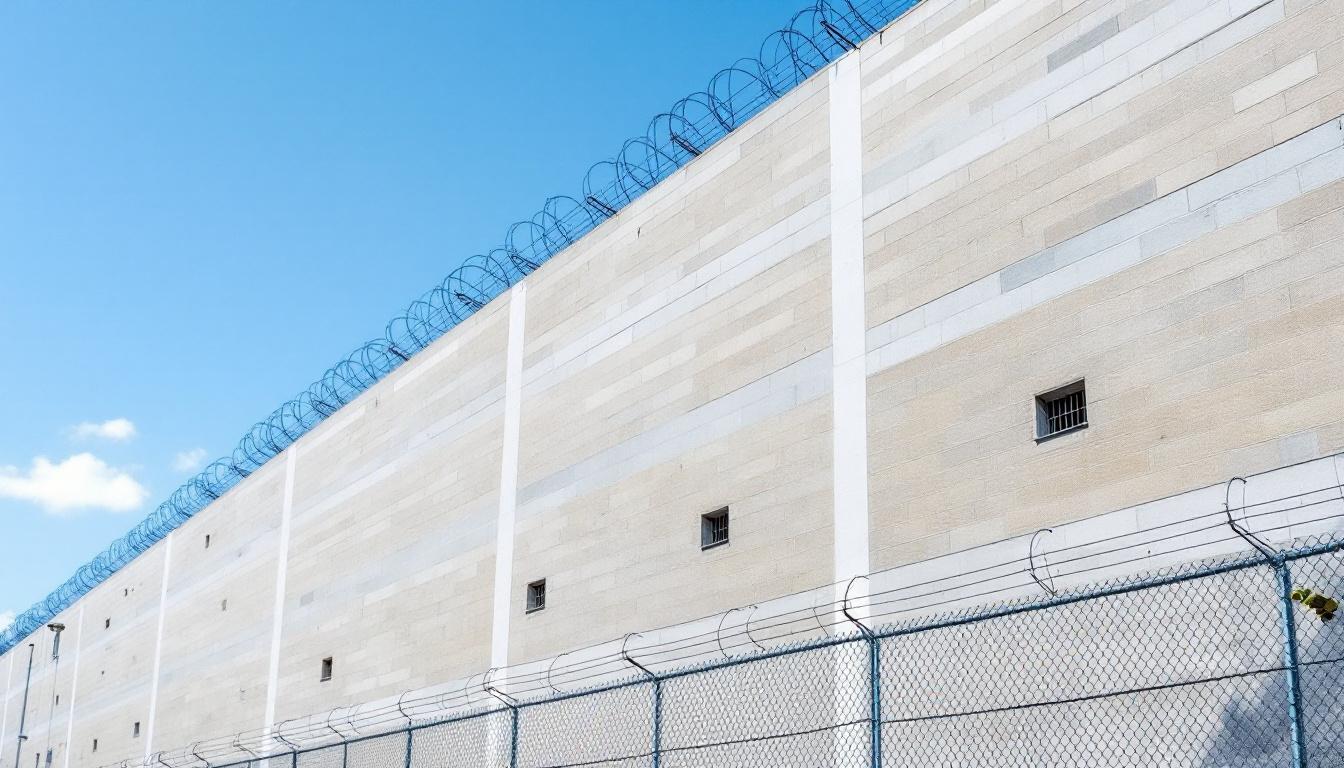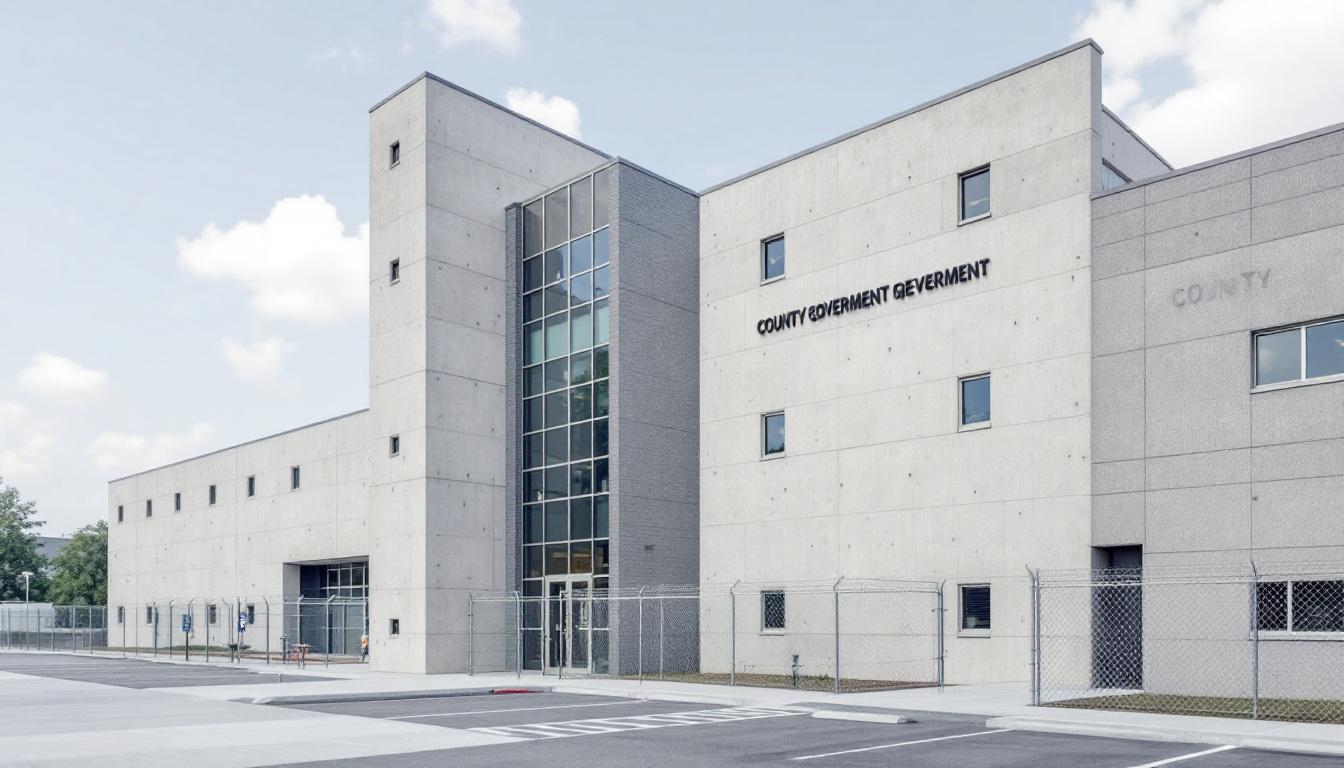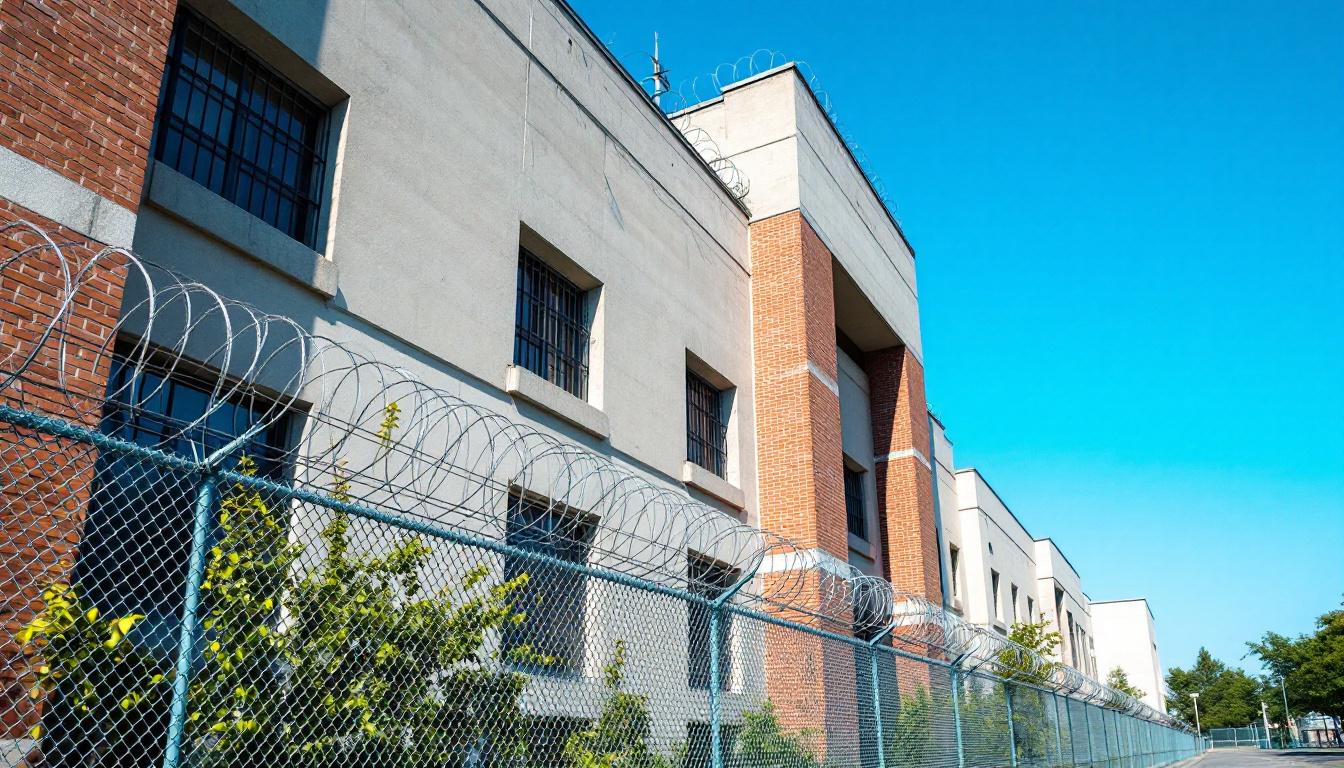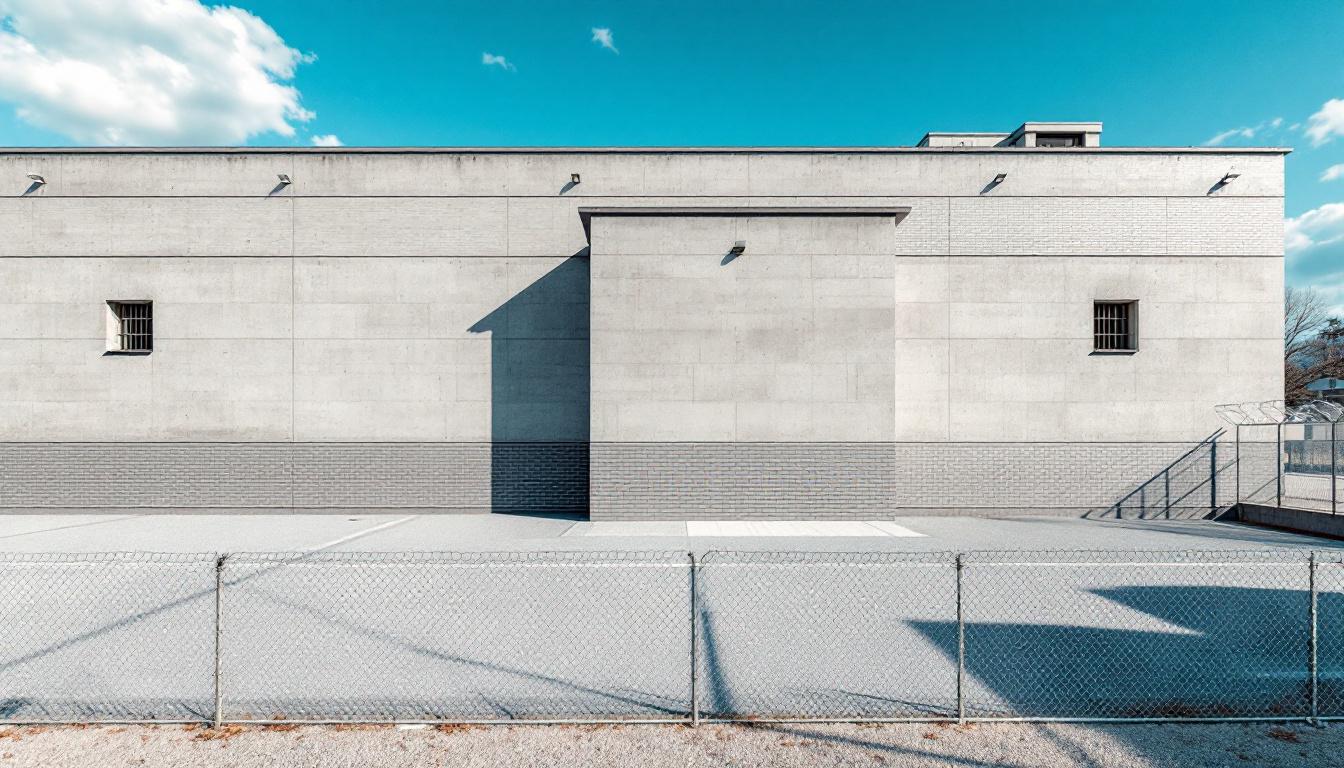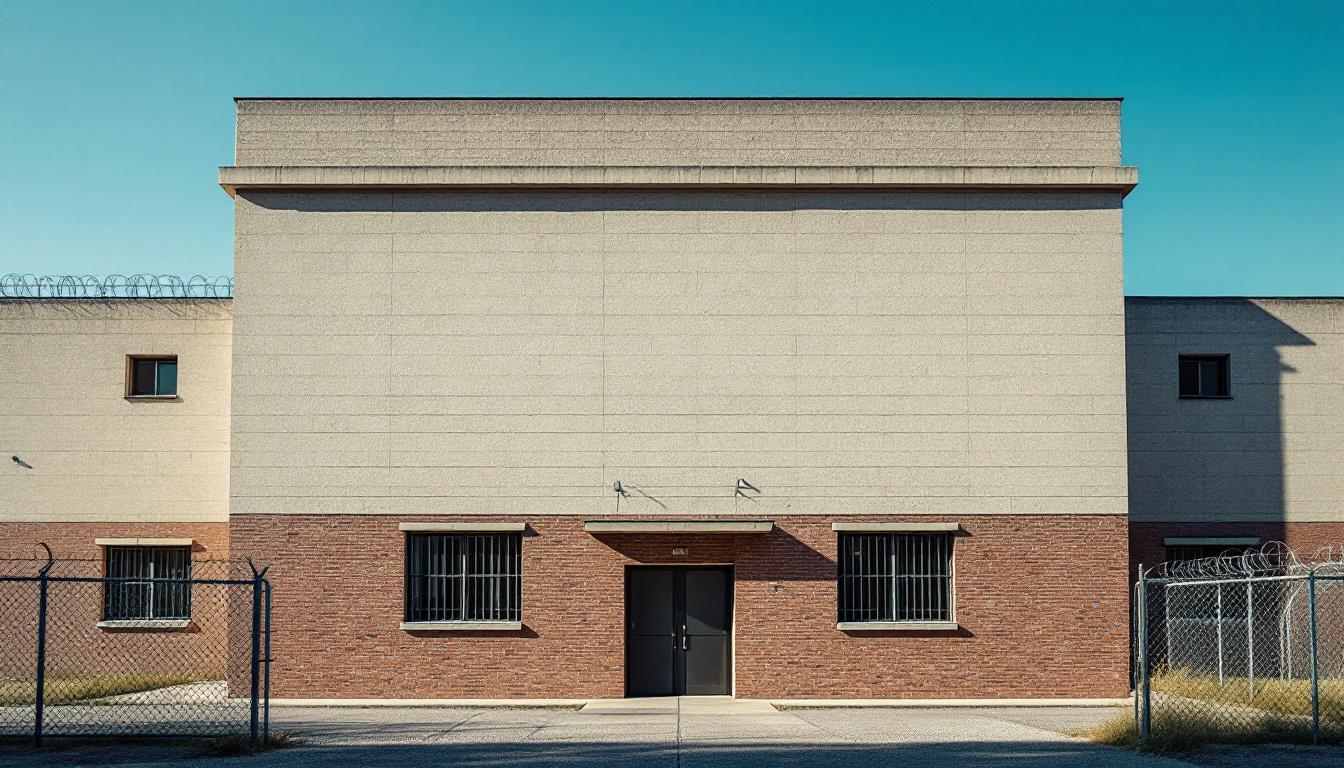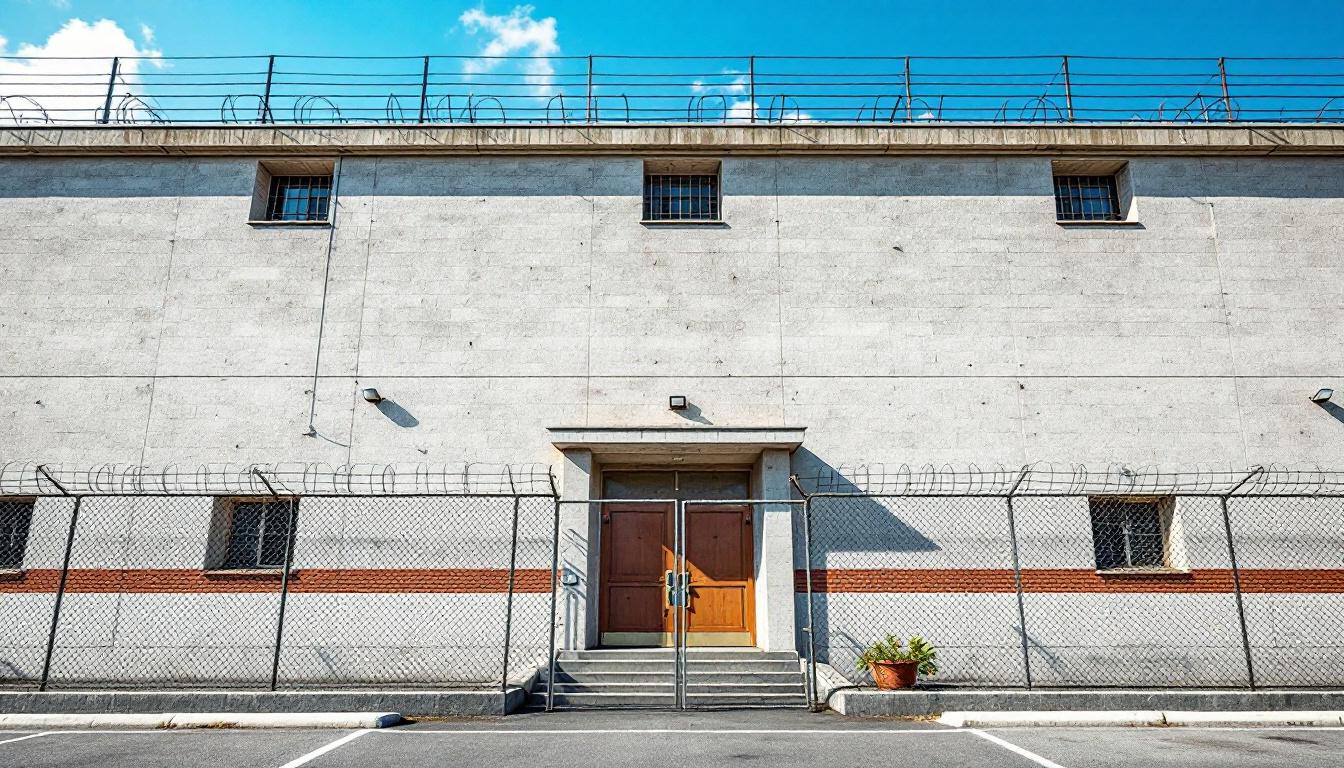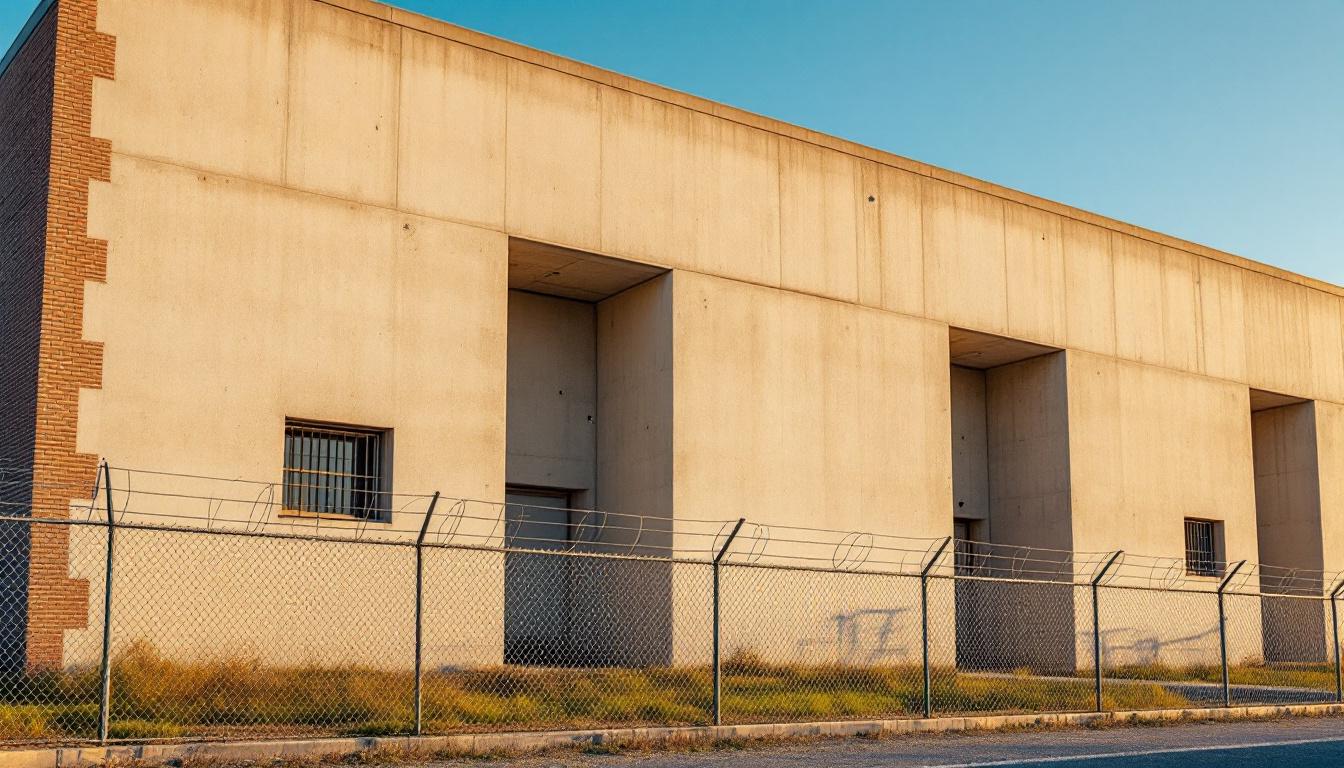
Quick Navigation
How to contact an inmate at Cotulla Unit
This comprehensive guide will walk you through how to connect with an inmate at Cotulla Unit. Follow the steps below to find an inmate and send letters and photos:
- Search for the inmate using our search tool below
- Create your account or log in to Penmate
- Write your message (up to 6,000 characters)
- Send instantly - inmates receive printed copies daily
Find an Inmate
Search for an inmate to start communicating today
Tip: You can search by first name, last name, or inmate ID number
To contact a person at Cotulla Unit start by searching for the person on the official facility website. Perform a search by following these steps:
- Step 1: Enter their first name and last name into the search form and click "Search"
- Step 2: Locate their inmate record
- Step 3: Write down their Inmate ID and any housing information provided
Important! Be sure to enter the person's full name. Nicknames should not be used.
How to Send Messages to Inmates

You can use your phone or computer to send emails, letters, and photos to an inmate. Messages are sent electronically to inmate tablets or kiosks at the facility. If you would like to send a message, start by searching for an inmate at Cotulla Unit.
Sending Photos and Postcards

A great way to send love and support to a loved one at Cotulla Unit is to send photos and postcards. It only takes a few minutes to send photos from your phone and it makes a huge difference. You can also mail postcards with words of support and inspiration, or design your own postcard for special moments like birthdays and holidays.
Important! Be sure not to send any explicit photos or they may not be approved by the facility. You can also use a photo printing app like Penmate to make sure your photos are printed at the correct size (4x6 or 3x5) and are mailed according to the rules and regulations of Cotulla Unit.
Frequently asked questions about Cotulla Unit
-
How long does it take to deliver a message?
If you're sending an email message your letter is usually delivered within 24-48 hours. For messages sent via mail you should expect delivery within 3-7 days. All messages will need be approved by Cotulla Unit.
-
How much does it cost to send a message to Cotulla Unit?
You can send a message free using your phone or mail a message via USPS for the price of a $0.60 stamp and envelope. You can also purchase credits or e-stamps from services starting at $1.99.
-
What services can I use to contact an inmate at Cotulla Unit?
Penmate
You can use Penmate to send letters and photos to an inmate from your phone. It's an easy way to stay in touch during your loved one's incarceration. Use the inmate locator to find an inmate's location and contact information, then you can send messages within a few minutes.
Securus messaging
Securus may be another option for communicating with an inmate at Cotulla Unit. You can create a friends and family account and purchase credits to send messages. All messages will be reviewed and must be approved by the facility.
JPay
Some county jails and state prisons may support sending messages with JPay. You must register an account with the system, find your loved one, and purchase stamps to send messages. For some locations you can also attach photos.
Smart Jail Mail
You may also check if Smart Jail Mail is available at Cotulla Unit. Smart Jail Mail is operated by Smart Communications and has contracted with some state and county jails. After purchasing credits, your messages and photos are sent to the facility, printed out, and then handed out to your loved one.
-
What is the mailing address of Cotulla Unit?
Mailing address:
Cotulla Unit
610 Ranch Rd 624
Cotulla, TX 78014
Phone: (830) 879-3077Business hours:
- Monday: 8:00 AM – 5:00 PM
- Tuesday: 8:00 AM – 5:00 PM
- Wednesday: 8:00 AM – 5:00 PM
- Thursday: 8:00 AM – 5:00 PM
- Friday: 8:00 AM – 5:00 PM
- Saturday: 8:00 AM – 5:00 PM
- Sunday: 8:00 AM – 5:00 PM
-
What are the visiting hours at Cotulla Unit?
Visiting hours at Cotulla Unit vary by housing unit and security level. Generally, visits are scheduled on weekends and holidays, with some facilities offering weekday visits. Contact the facility directly at (830) 879-3077 or check their website for the current visiting schedule. Visits typically last 30-60 minutes and must be scheduled in advance.
-
What items are prohibited when sending mail to Cotulla Unit?
Prohibited items typically include: cash, personal checks, stamps, stickers, glitter, glue, tape, staples, paperclips, polaroid photos, musical or blank greeting cards, hardcover books, magazines with staples, and any items containing metal or electronics. Only send letters on plain white paper with blue or black ink. Photos must be printed on regular photo paper (no Polaroids). Always check with Cotulla Unit for their specific mail policies.
-
How do I send money to an inmate at Cotulla Unit?
You can send money to an inmate at Cotulla Unit through several methods: 1) Online using JPay, Access Corrections, or the facility's approved vendor, 2) Money orders mailed directly to the facility with the inmate's name and ID number, 3) Kiosks located in the facility lobby, or 4) Over the phone using a credit or debit card. Fees vary by method, typically ranging from $2.95 to $11.95 per transaction.
-
Can I schedule a video visit with an inmate at Cotulla Unit?
Many facilities now offer video visitation as an alternative to in-person visits. At Cotulla Unit, video visits may be available through services like Penmate, Securus Video Connect, GTL, or ICSolutions. Video visits typically cost $10-20 for 20-30 minutes and must be scheduled in advance. You'll need a computer or smartphone with a camera and reliable internet connection. Contact the facility for their specific video visitation policies and approved vendors.
-
What identification do I need to visit an inmate at Cotulla Unit?
All visitors must present valid government-issued photo identification such as a driver's license, state ID, passport, or military ID. Minors must be accompanied by a parent or legal guardian who can provide the minor's birth certificate. Some facilities require visitors to be on the inmate's approved visitation list, which may require a background check. Contact Cotulla Unit for specific ID requirements and visitor approval procedures.
-
How can I find out an inmate's release date?
To find an inmate's release date at Cotulla Unit, you can: 1) Use the online inmate search tool if available, 2) Call the facility's records department, 3) Contact the inmate's case manager or counselor, or 4) Have the inmate provide this information during a call or visit. For privacy reasons, some facilities only release this information to immediate family members.
Facility Overview
Official Website

About Cotulla Unit
Within the greater Dallas metropolitan area, the Cotulla Unit serves as an integral component of Texas's comprehensive correctional network, providing structured residential services designed to support offender rehabilitation and community reintegration. This TX correctional facility operates under the collaborative framework that characterizes the state's approach to corrections, working in coordination with regional institutions to deliver consistent programming and support services throughout the south region.
The facility typically emphasizes educational advancement and vocational skill development as cornerstone elements of its residents services, recognizing that meaningful preparation for community reentry requires comprehensive programming approaches. Through various rehabilitative initiatives, the Cotulla Unit generally focuses on addressing the underlying factors that contribute to criminal behavior while fostering personal accountability and positive behavioral change among its population. These efforts may include literacy programs, substance abuse counseling, and life skills training designed to equip individuals with practical tools for successful community integration.
As part of Texas's broader correctional infrastructure, this correctional facility maintains operational standards that align with statewide rehabilitation objectives while serving the specific needs of the Dallas region. The institution's role within the regional corrections network often involves coordinating with community organizations and support services to ensure continuity of care as residents prepare for release, though the specific nature of these collaborative relationships may vary based on available resources and community partnerships.
Programs & Services
Rehabilitation initiatives at this Texas facility center on providing residents with practical skills and personal development opportunities that support successful reintegration. The comprehensive approach typically combines educational advancement with vocational preparation and therapeutic support services. These initiatives may deliver structured pathways for residents to build both technical competencies and life skills during their incarceration.
Educational initiatives often include civic education courses that help residents understand community engagement and civic responsibilities. These programs typically focus on developing critical thinking skills and knowledge about democratic processes. Moreover, vocational training initiatives may offer hands-on instruction in various trades and technical skills. Residents often participate in programs that provide marketable job skills, preparing them for employment opportunities upon release.
Support services form a crucial component of the facility's rehabilitation approach. Work programs typically allow residents to develop professional skills while contributing to facility operations. Faith-based initiatives may provide spiritual guidance and community support through various religious services and counseling. Family reunification efforts often include structured visitation programs and communication opportunities designed to maintain important relationships. Moreover, chaplaincy programs typically offer pastoral care and spiritual counseling to residents of different faith backgrounds. Physical fitness initiatives may deliver recreational activities and wellness programs that promote both physical and mental health throughout the incarceration period.
Daily Life & Visitation

**Structured schedules and consistent routines form the backbone of institutional life, delivering predictability that many residents find stabilizing.** At present, the facility operates on a regimented timetable that typically begins with early morning counts and meal service, followed by work assignments, educational programming, and recreational periods. Residents actively participate in various institutional jobs that may include kitchen duties, maintenance work, laundry operations, and facility cleaning. These work assignments generally provide structure while teaching valuable skills that support daily operations.
**Living accommodations typically consist of housing units designed to accommodate multiple residents, with shared common areas and individual sleeping quarters.** Residents generally have access to basic personal property within established guidelines, including approved clothing, hygiene items, and limited personal effects. Meals are usually served in designated dining areas at scheduled times, with menus that meet nutritional standards. Moreover, commissary services typically allow residents to purchase additional food items, personal care products, and approved recreational materials to supplement their basic needs.
**Programming schedules often include educational opportunities, vocational training, and recreational activities designed to promote personal development.** Whereas daily routines remain consistent, residents may participate in various programs such as literacy classes, substance abuse counseling, or religious services depending on availability and individual needs. Family connections are typically maintained through scheduled visitation periods and telephone privileges, allowing residents to stay in contact with loved ones. Recreation time generally includes access to outdoor areas, television viewing, and organized activities that provide mental and physical stimulation within the structured environment.
Ready to Connect?
Start communicating with your loved one today
Search for an Inmate
